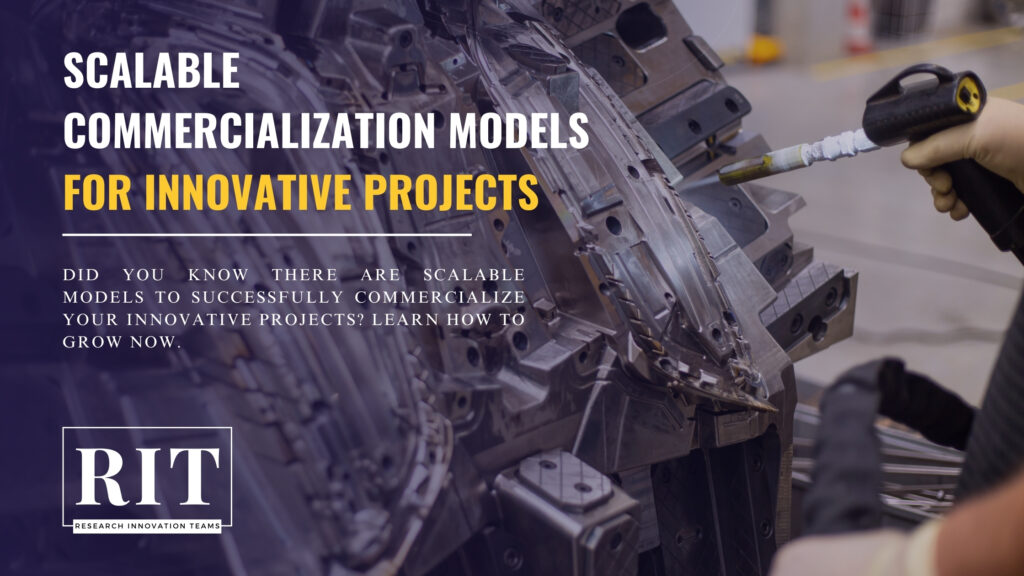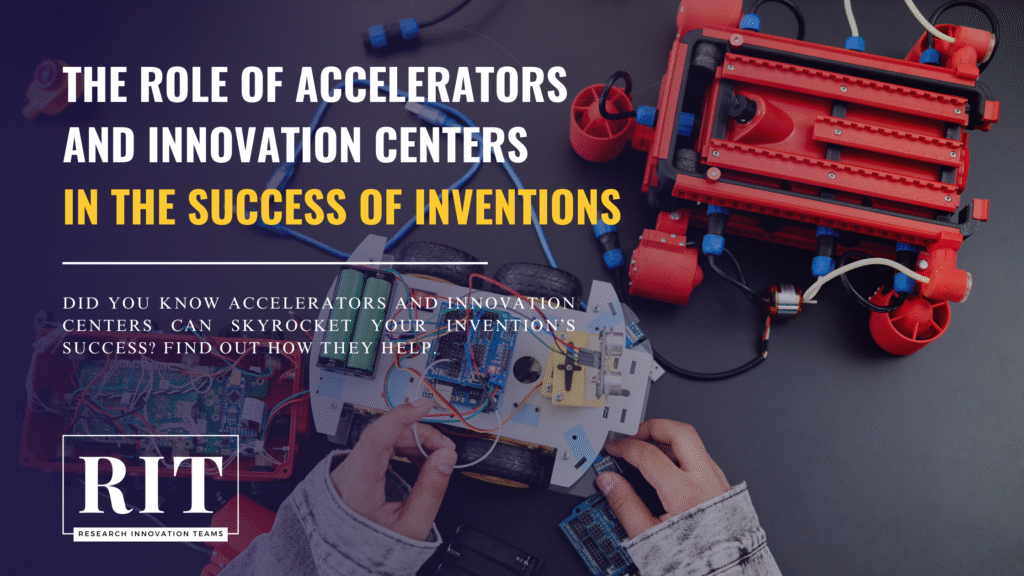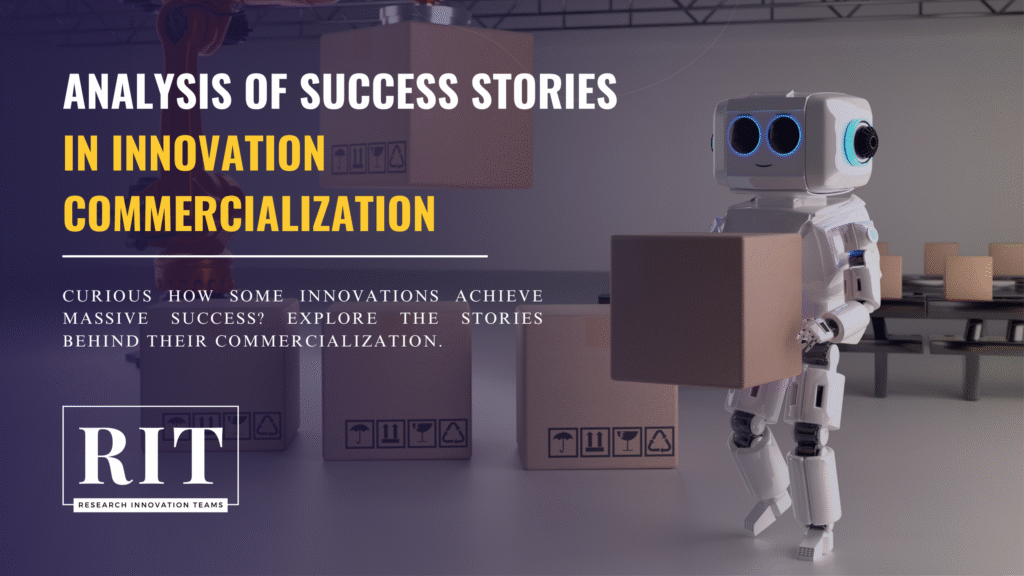In the last decade, artificial intelligence (AI) has become one of the most important driving forces in many industries, changing every process and structure with the greatest impact. One of the areas that this has affected quite a lot is intellectual property (IP), especially the patent registration process. This process, which traditionally involves complex and time-consuming steps such as searching for prior knowledge, writing applications, and evaluating applications, has undergone fundamental changes with the help of AI technologies.
Through analyzing massive amounts of data, automating complex tasks, and enhancing accuracy, AI has helped inventors and organizations register their inventions more quickly and efficiently. For instance, in the medical industry, AI could perform statistical analysis on patient data to reveal hidden relationships among parameters and speed up the development and patenting of diagnostic devices. The same trend is seen in other areas of innovation, where AI has played a significant role in streamlining and improving the patenting process.
This article provides a comprehensive review of the role of AI in accelerating the patenting process. Focusing on one of the leading examples of AI’s application in this field, the RIT Engine platform, it shows how this technology can provide a more efficient and accurate experience for inventors by automating and optimizing various steps. It also examines the challenges and ethical considerations associated with these emerging technologies to provide a balanced view of their impact on the future of innovation.
The Patent Process: Challenges and Opportunities
Patent filing is a multi-step and complex process that involves the following steps. For instance, in the prior art search phase, the analysis of databases of patents and scientific articles for a typical technological invention can involve reviewing over 100,000 relevant documents. In writing a patent application, studies have shown that minor errors in language or formatting can increase the likelihood of rejection by up to 30%. Also, in the examination phase, delays due to heavy workloads have caused the average processing time for a patent application to exceed two years in some countries. These statistics clearly demonstrate the need to use artificial intelligence tools to increase the speed and accuracy of these steps.
- Prior Art Search
This is the first and most important step in the patent registration process, which is dedicated to analyzing and reviewing of patent databases, scientific articles, and any other related sources of information. The goal of this phase is to ensure the novelty and the uniqueness of the proposed invention. A complete prior art search does not only improve the chances of the application being accepted, but also avoids possible conflicts with already existing patents. This is the reason why using advanced AI tools such as Natural Language Processing (NLP) systems, , have made this step faster and more accurate by being able to understand concepts and extract data from multiple sources.
- Patent Application Drafting
The patent application is a formal document that describes in detail the technical features, functionality, and applications of an invention and is used as the basis for the legal assessment of the application. It must be fully compliant with patent standards and laws. Writing a patent application requires not only technical knowledge, but also a deep understanding of legal principles. Artificial intelligence tools facilitate the process of preparing this document by automating the writing of the application, optimizing the language and format, and suggesting precise legal claims.
- Registering the Application
Once the patent application is prepared, a formal application for registration is submitted to the relevant office. This step involves submitting all the necessary documents, paying the relevant fees, and completing the required forms. Accuracy in providing information and complying with legal requirements is essential to avoid delays in subsequent steps. Digital AI systems can increase the likelihood of the application being accepted by automatically reviewing the input information and alerting you to any deficiencies or errors.
- Review and Evaluation
At this stage, the application is carefully analyzed and evaluated by patent office experts to ensure that it complies with legal criteria. This includes analyzing the claims, assessing relevant prior art, and whether the invention meets the criteria of novelty, industrial applicability, and inventiveness. The use of artificial intelligence at this stage can help experts make faster and fairer decisions by providing detailed reports and automating some tasks.
- Issuance or Rejection of the Patent Certificate
At the end of the process, a final decision is made to grant or reject the application. If approved, a formal patent certificate is issued and the intellectual property rights are granted to the inventor. Otherwise, the reasons for the rejection are communicated to the applicant. By analyzing relevant data and predicting outcomes, AI tools can help applicants make necessary changes before filing an application, increasing the likelihood of success.
These steps are typically time-consuming and costly due to their technical complexity and detail. For example, searching for prior art requires analyzing vast amounts of data, and writing a patent application requires a careful combination of technical and legal skills. This is where AI technology can play a decisive role by reducing time and cost, as well as increasing accuracy.
The Role of AI in Various Patent Registration Stages
- Prior Art Search
Prior knowledge searching is one of the most critical and sensitive steps in the patent process, it can be called the backbone of a patent application. It requires meticulous analysis of patent databases, scientific articles, and technical information. In traditional methods, this process requires hours of human labor and is prone to errors due to individual limitations.
Artificial intelligence enhances this process:
- Natural Language Processing (NLP): AI extracts relevant information with high accuracy by analyzing technical and legal documents. Therefore, unlike simple keyword searches, NLP not only understands concepts but also identifies hidden connections.
- Data Aggregation from Multiple Sources: AI tools collect information from various databases, including scientific articles, industry databases, and existing patents.
- Much Faster: A process that used to take weeks can now be done in minutes.
- Patent Application Drafting
Preparing an invention application is probably the most sensitive and difficult step since the patent document must clearly describe all the technical features of the invention while complying with legal rules and standards. Mistake at this stage can lead to the rejection of the application or the limitation of the scope of protection of the invention. Artificial intelligence tools facilitate this process with the following features:
- Automated Content Structure: AI extracts the main information of the invention and organizes it into structured drafts.
- Language and Format Optimization: These tools adjust the language of the draft accurately and in accordance with the rules, preventing the omission of crucial details.
- Drafting Legal Claims: Patent claims define boundaries of protection. AI tools analyze previous data and inventor’s inputs to provide accurate and comprehensive claims.
By integrating technical and legal knowledge, the RIT Engine platform provides high-quality drafts, helping inventors spend less time and money.
- Enabling the Reviews
Patent application review requires careful analysis and compliance with strict standards. This stage can be time-consuming due to the high workload, and delays can be detrimental to inventors. Artificial intelligence generation of these tasks includes:
- Rapid Prior Art Retrieval: AI can identify the most relevant documents and make them available to reviewers.
- Automated Compliance Assessment: AI tools evaluate applications against legal criteria and identify weaknesses.
- Predictive Outcomes: AI analyzes past data to predict the probability of approval or rejection for the application.
By reducing administrative and time-consuming tasks, the RIT engine allows experts to focus on more complex analyses and improve the quality of the review.
Benefits of AI in the Patent Registration Process
- Improved Efficiency: By automating processes such as prior art searches and filings, AI dramatically reduces the time required for each step. For example, using systems like the RIT Engine, searches that would have taken weeks could become just minutes.
- Enhanced Accuracy: AI tools reduce human error using sophisticated algorithms in data analysis and document drafting. For example, NLP models can identify hidden connection between different documents which might be missed with a manual search.
- Cost Savings: Automating expensive phases such as the prior art analysis or application evaluation significantly reduces the costs associated with hiring legal experts and consultants. This is especially beneficial for startups and independent inventors with limited budgets.
- Democratizing Access: AI increases advanced, user-friendly tools to help individual inventors and small businesses gain greater access to the patent registration process.
Challenges and Ethical Considerations
Along with the many benefits that AI brings to patenting, there are also some challenges and ethical considerations that need to be addressed. These challenges and considerations include the following:
- Quality Assurance: AI-generated outputs might need to be supervised and reviewed by a human. Especially in the field of patenting, where there are specific rules and standards, AI may not be able to fully comply with them. Human oversight is necessary to ensure accuracy, validity, and compliance with the rules to avoid legal problems.
- Intellectual Property Rights: One of the major challenges in using AI in the invention process is determining intellectual property rights. When an invention is designed with the help of AI, the question arises as to how much AI contributed to the invention process and whether it can be fully considered a human invention. This can raise complex ethical issues regarding ownership and patent rights.
- Data Security: Information related to patents usually contains sensitive and confidential data. Using AI to process this information may cause risks such as privacy violation or data theft. Therefore, it is essential to ensure data security and protect patent information from unauthorized access and misuse.
- Integration: To utilize the full potential of AI tools, they must be integrated into existing systems. This process can be challenging, especially in organizations and companies that use traditional systems for patenting. Successful integration of these tools requires investment in software, infrastructure, and specialized training for employees to fully utilize the potential of AI in the invention process.
Expanding AI Applications in Intellectual Property
Advances in AI have enabled new and innovative capabilities in intellectual property management that not only improve existing processes but also offer entirely new solutions:
- Predictive Analysis: AI tools are able to analyze previous data and identify future innovation trends, assisting inventors and organizations focus on areas with the greatest potential. For example, predicting trends in green technologies based on recent patents can be a solution.
- Portfolio Optimization: By intelligently analyzing existing inventions, AI tools offer solutions to diversify, renew, or optimize intellectual property assets. For example, they can identify which patents need renewal and which ones have the potential to generate more revenue.
- Global Harmonization: AI technologies can harmonize patent standards across jurisdictions and reduce differences between countries’ laws. This will help create a more transparent and fairer intellectual property ecosystem.
- Applications Beyond Patents: The same principles of AI tools used in patent management can be applied to the management of trademarks, copyrights, and even trade secrets. For example, AI systems can automatically detect copyright infringement or track down similar trademarks.
These developments not only make IP systems more efficient but also create new opportunities for innovation can now prosper and generate economic growth.
Conclusion
Artificial intelligence has revolutionized patent registration as it has improved speed, accuracy, and efficiency beyond conventional systems. For example, developing prior art searches, drafting applications, or improving the review process with accuracy will be shown in the example of RIT Engine. Everything changed so that the expense and time required to file patents were reduced, while at the same time improving the quality of that process and the transparency of it.
Data security, defining the boundaries of intellectual property rights, and the need for human oversight of AI outputs are still issues to be conquered. Addressing these barriers would require collaboration between technology and law enforcement to ensure that these tools are used ethically and effectively.
More broadly, the integration of AI into patenting has opened up new opportunities for independent innovators, small businesses, and startups to turn their creative ideas into commercial products by lowering the barriers to entry. It can also pave the way for global innovation collaboration by harmonizing international standards.
The adoption and development of AI in the intellectual property ecosystem not only promises a more transparent and fairer future, but can also act as a driving force for economic growth, the development of emerging technologies, and improved quality of life globally. In this regard, efforts to use AI responsibly can be a bridge to deeper transformations and a world where ideas and creativity are valued to the fullest extent possible.
“Even if we do not talk about 5G (specifically), the security talent in general in the country is very sparse at the moment. We need to get more (security) professionals in the system”
“This article was generated with the assistance of AI and edited by our team to ensure accuracy and quality.”






